Today's Hours
10:00am - 5:00pm There’s always more to discover!
2023-24 Discovery Labs
In addition to ample time to explore the museum, field trips and group visits can include your choice of a Discovery Lab from the list below. Click “Make Your Reservation” to choose your activity and begin the adventure!
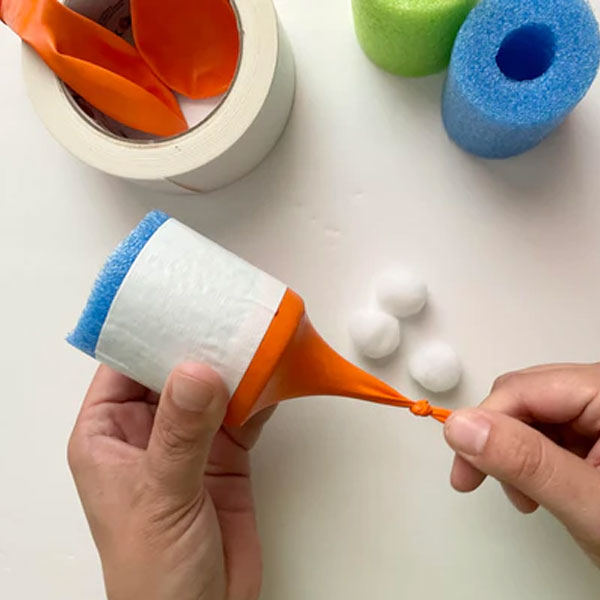
They Shouted Push
Grade level(s): Pre-K and Kindergarten
Next Generation Science Standards (NGSS): K-PS2-2
Common Core: SL.3.1
In this Discovery Lab students learn about pushes and pulls through the construction of a fun pom-pom launcher. They then explore how different strength pushes and pulls affect the way their pom pom moves.
Request Your Reservation| Pre- and post-visit Activities | |
|---|---|

Skyscraper Challenge
Grade level(s): Kindergarten–2nd
Next Generation Science Standards (NGSS): 2-PS1-2. K-2-ETS1-2.
In this hands-on Discovery Lab, students work to design, create, test and redesign free-standing, weight-bearing towers using KEVA® wooden blocks. Students will experiment with different geometric shapes used in structural designs and determine how design choices affect the height and strength of structures.
Request Your Reservation| Pre- and post-visit Activities | |
|---|---|
 Skyscraper Challenge is presented in partnership with Sierra Nevada Journeys’ Classrooms Unleashed Program. Additional standards-aligned, in-class lessons led by SNJ educators are available.
Skyscraper Challenge is presented in partnership with Sierra Nevada Journeys’ Classrooms Unleashed Program. Additional standards-aligned, in-class lessons led by SNJ educators are available.
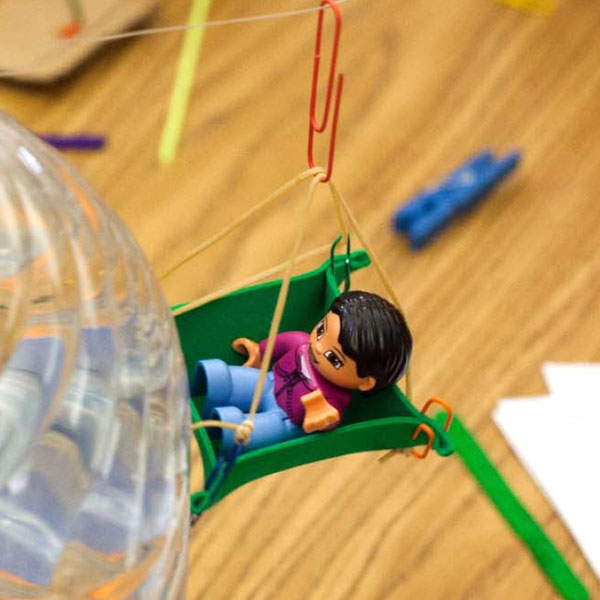
Zipline Rescue
Grade level(s): Kindergarten–2nd
Next Generation Science Standards (NGSS): 2-PS2-1. K-2-ETS1-1-3.
In this collaborative, hands-on Discovery Lab, students work to design, build, test and redesign a zipline that will move an injured or stranded person safely and quickly out of danger. Students will explore varying environmental constraints that affect the zipline, including the presence of a person, adverse weather, and the need to make multiple trips.
Request Your Reservation| Pre- and post-visit Activities | |
|---|---|
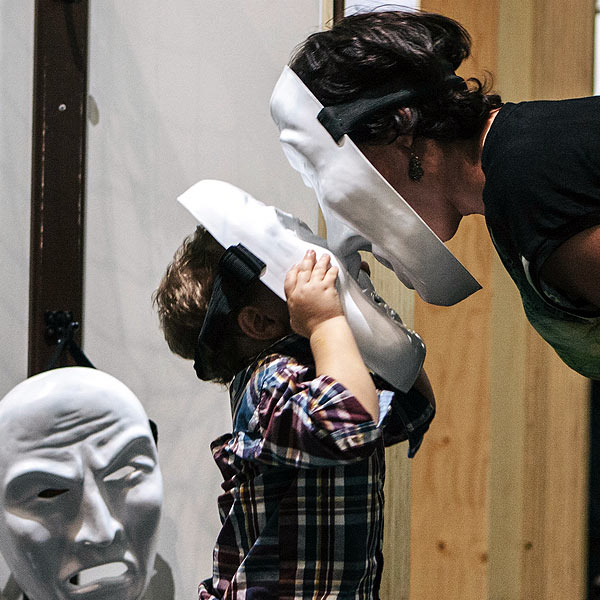
Engaging Emotions
Grade level(s): Kindergarten–3rd
Nevada Common Core Standards: CCSS.ELA-LITERACY.W.K.3, CCSS.ELA-LITERACY.W.K.8, CCSS.ELA-LITERACY.W.1.8,
Next Generation Science Standards (NGSS): K-2-ETS1-1 Engineering Design
Offered in conjunction with the Mental Health: Mind Matters exhibition, this hands-on lab allows younger students to identify their emotions, understand what they mean, and how they can manage their emotions by creating positive mental health habits.
Request Your Reservation| Pre- and post-visit Activities | |
|---|---|
|
|
|
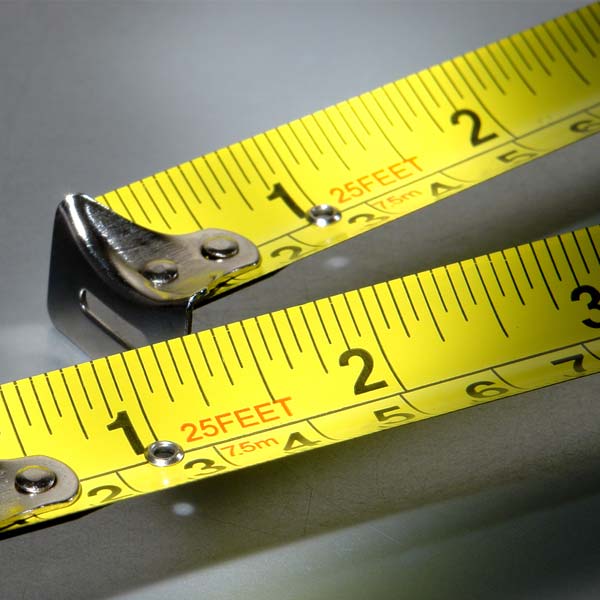
Measure Twice, Cut Once
Grade level(s): 3rd–5th
Next Generation Science Standards (NGSS): 3-5-ETS1-1, 3-5-ETS1-2, 3-5-ETS1-3
In this lab student knowledge of fractions will be enhanced as they practice measurements in the standard system while also using tools and learning about tool safety. Each student will put their skills into practice when they build a key hanger they can take home. Note: 54 students maximum.
Request Your Reservation| Pre- and post-visit Activities | |
|---|---|
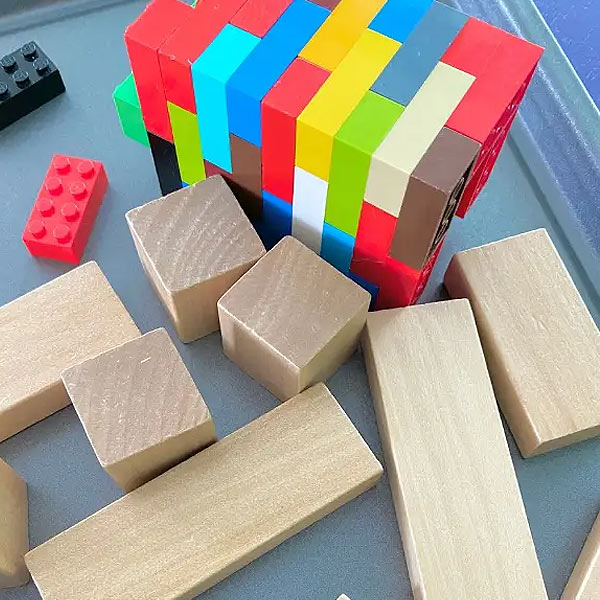
Earthquake Engineers
Grade level(s): 3rd–5th
Next Generation Science Standards (NGSS): 4-ESS1-1, 4-ESS2-2
In this hands-on lab, students will construct miniature cities using a variety of ordinary materials and then observe how different building materials withstand the forces of a simulated earthquake. Using what they learned, students will then work in groups to attempt to build the strong structure in a competition amongst other teams.
Request Your Reservation| Pre- and post-visit Activities | |
|---|---|
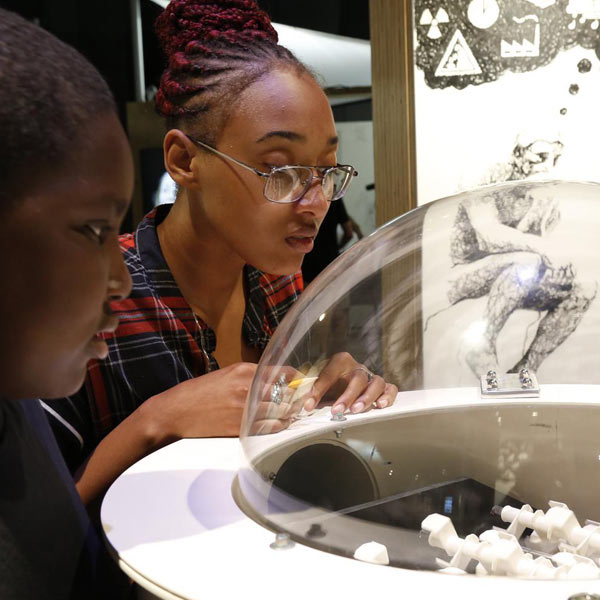
Empathy Engagement
Grade level(s): 4th–6th
Nevada Common Core Standards: ELA-LITERACY.W.4.1.D, ELA-LITERACY.W.5.9, ELA-LITERACY.W.6.1.B, ELA-LITERACY.W.6.10, CCSS.ELA-LITERACY.CCRA.SL.6
Offered in conjunction with the Mental Health: Mind Matters exhibition, this 30-minute Discovery Lab will help students gain a more practical understanding of themselves, mental health, and wellness though a variety of empathy-building activities.
Request Your Reservation| Pre- and post-visit Activities | |
|---|---|
|
|
|
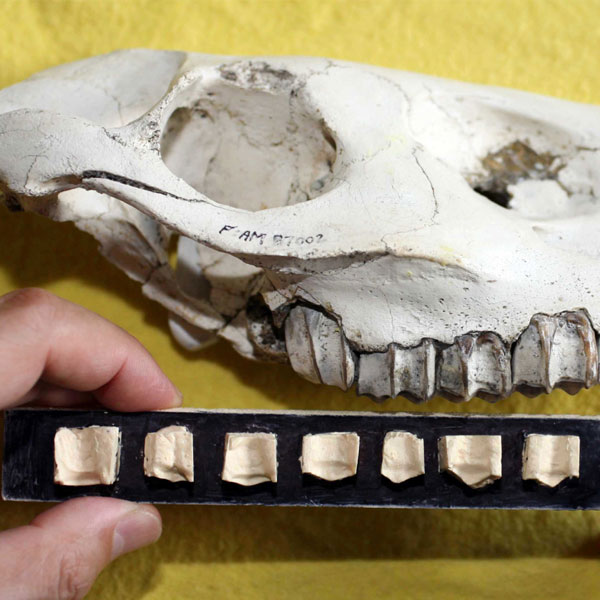
Tooth Sleuth
Grade level(s): 3rd–5th
Next Generation Science Standards (NGSS): 3-LS3-1
In this Discovery Lab, students will examine a variety of jaw bones and teeth to collect evidence to support a statement about the variation that exists within a species. They will then put their knowledge to the test with a tooth matching game.
Request Your Reservation| Pre- and post-visit Activities | |
|---|---|
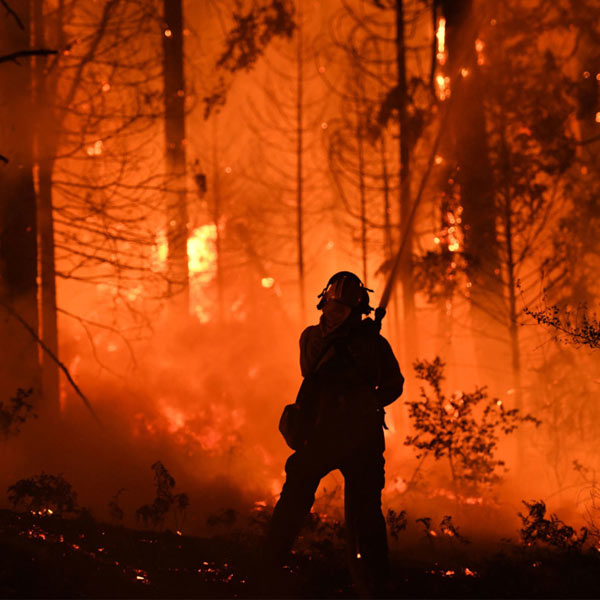
Wildfire Warriors
Grade level(s): 6th–8th
Next Generation Science Standards (NGSS): MS-ESS3-3, MS-ESS3-4, MS-LS2-4
Designed for inquisitive middle school students, this 45-minute lab includes hands-on activities, group collaboration, and games, that will help students learn about wildfire causes, behaviors, and prevention strategies. Beyond the flames, they’ll explore the ecological and societal impacts, learning how human activity intertwines with natural phenomena.
Request Your Reservation| Pre- and post-visit Activities | |
|---|---|
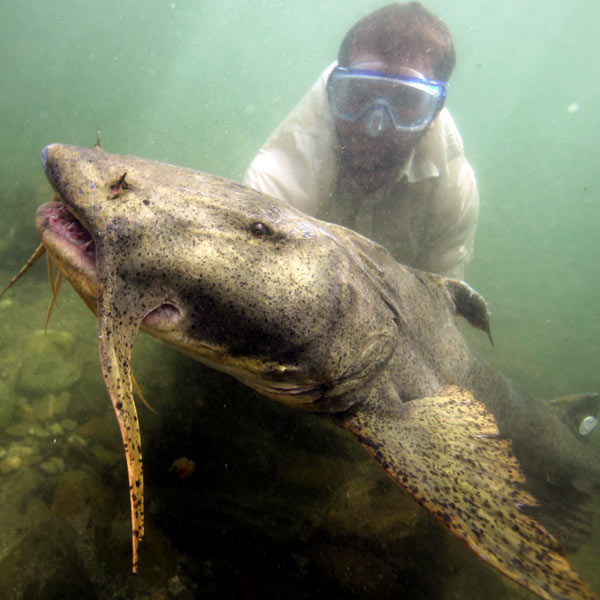
Survival of the Fittest
Grade level(s): 6th–8th
Next Generation Science Standards (NGSS): MS-LS4-4, MS-LS4-6
Darwin once said, “It is not the strongest of the species that survives, nor the most intelligent that survives. It is the one that is most adaptable to change.” In this hands-on lab, students will work as a team and use mathematical modeling to figure out why populations of animals change over time and show adaptation in action. The lab concludes with some critical components of conservation biology and what students can do to make a difference in maintaining the richness of biodiversity.
Request Your Reservation| Pre- and post-visit Activities | |
|---|---|

Mind Mapping
Grade level(s): 7th–8th
Nevada State Common Core Standards: CCSS 6.SP.3, CCSS 7.SP.1, ELA-LITERACY.W.8.1.C, CCSS.ELA-LITERACY.W.8.10
Next Generation Science Standards (NGSS): MS-ETS1-3
Offered in conjunction with the Mental Health: Mind Matters exhibition, this Discovery Lab will inform and challenge students’ pre-existing assumptions about mental health and wellness by asking them to compare and contrast neuro-typical and neuro-divergent brain activity through a variety of hands-on activities.
Request Your Reservation| Pre- and post-visit Activities | |
|---|---|
|
|
|
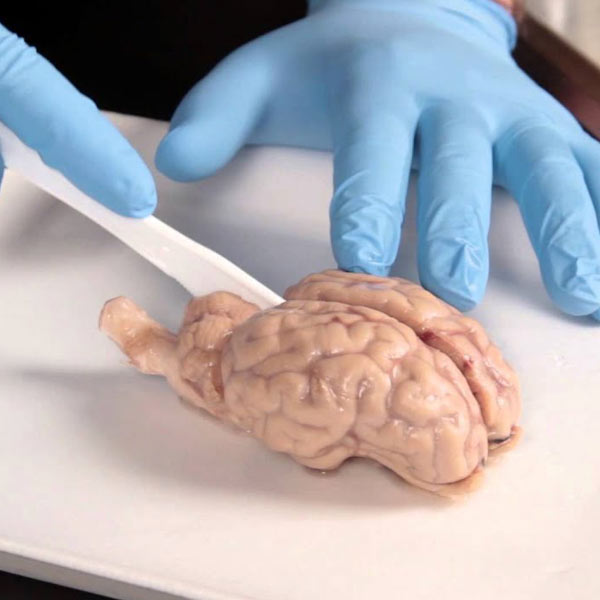
Inside the Mind
Grade level(s): 9th–12th
Next Generation Science Standards (NGSS): HS-LS1-1-2, HS-LS1-3, HS-LS4-2
In this 60-minute Discovery Lab, students will be presented with examine a variety of statistical information about mental health, and have the opportunity to build empathy for their peers and, more importantly, for themselves. Students will then work in groups of four to dissect a sheep brain, carefully examining its similarities and difference to a human brain. Offered in conjunction with the Mental Health: Mind Matters exhibition.
Request Your Reservation| Pre- and post-visit Activities | |
|---|---|
|
|
|